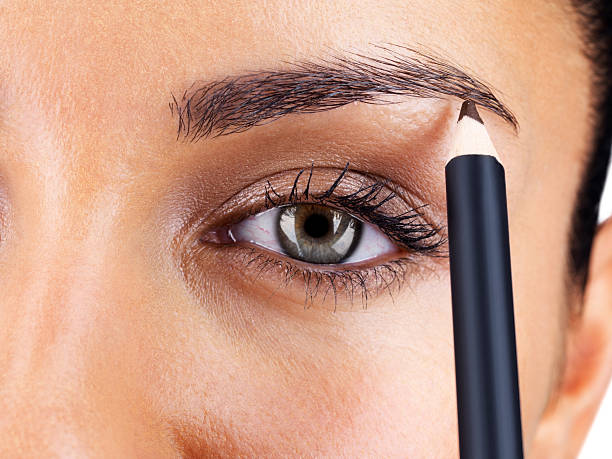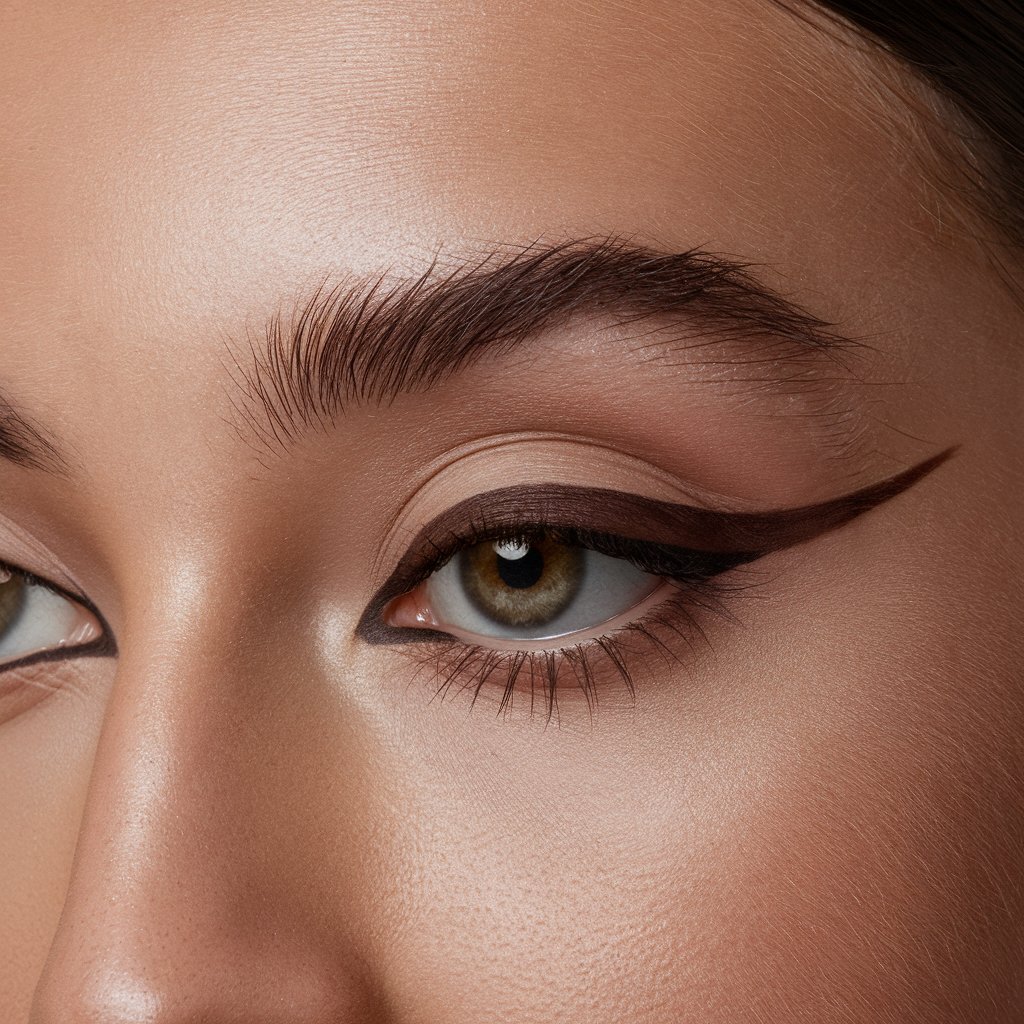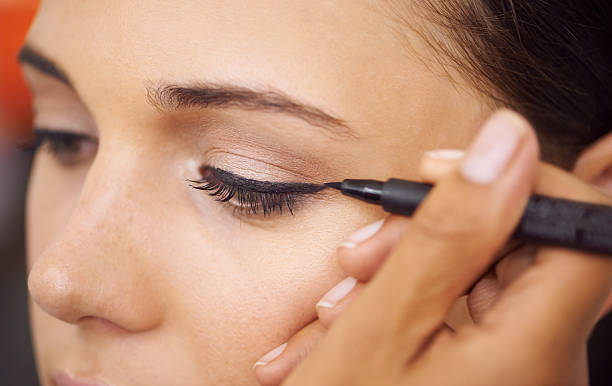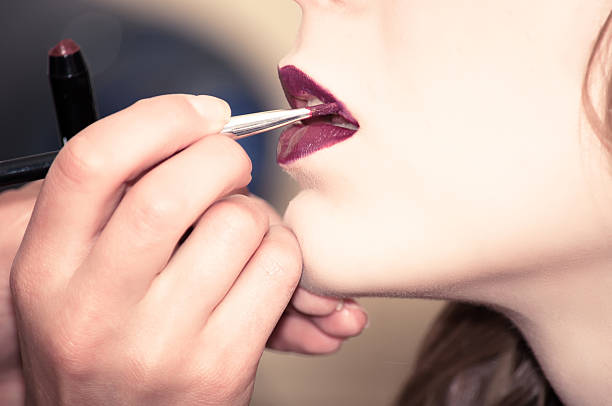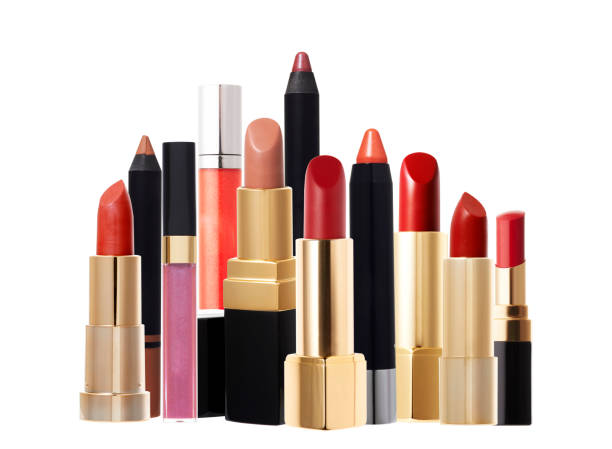Ever wondered how your favorite eyeshadow makes its way from the factory to your makeup bag? Whether you’re a beauty enthusiast, a cosmetics store owner or just curious, understanding how is eyeshadow manufactured is like peeking behind the curtain of a grand stage show. It’s where science meets art, and quality meets creativity.
Overview of the Eyeshadow Industry

Before we dive into the nitty-gritty of the eyeshadow manufacturing process, let’s take a closer look at the industry itself. The global eye makeup market is on a remarkable upward trajectory. It’s projected to grow at a compound annual growth rate (CAGR) of 6.80% from 2024 to 2031. The market, valued at approximately USD 11.50 billion in 2023, is expected to reach USD 19.46 billion by 2031. (source: marketsandata.com)
This growth is driven by evolving consumer preferences for more vibrant and innovative products. Major brands are continuously pushing the envelope, introducing new formulations and shades that captivate beauty enthusiasts. Additionally, there’s a noticeable shift towards clean beauty, with increasing demand for natural and eco-friendly eyeshadow options. For anyone interested in the cosmetics industry, keeping up with these trends is crucial. It not only highlights the dynamic nature of the market but also underscores the importance of innovation in meeting consumer demands.
So why should you care about how eyeshadow is manufactured? Well, knowing the ins and outs can help you appreciate the effort that goes into creating that perfect shade and texture. Plus, it can impact your choices as a consumer—understanding ingredients and production methods can guide you toward higher-quality products and better decisions.
Raw Materials Used in Eyeshadow Manufacturing
Now, let’s dive into the essential ingredients that give eyeshadow its sparkle and shine. From the vibrant pigments that create dazzling hues to the binders that ensure a smooth application, each ingredient plays a crucial role in achieving the perfect eyeshadow.
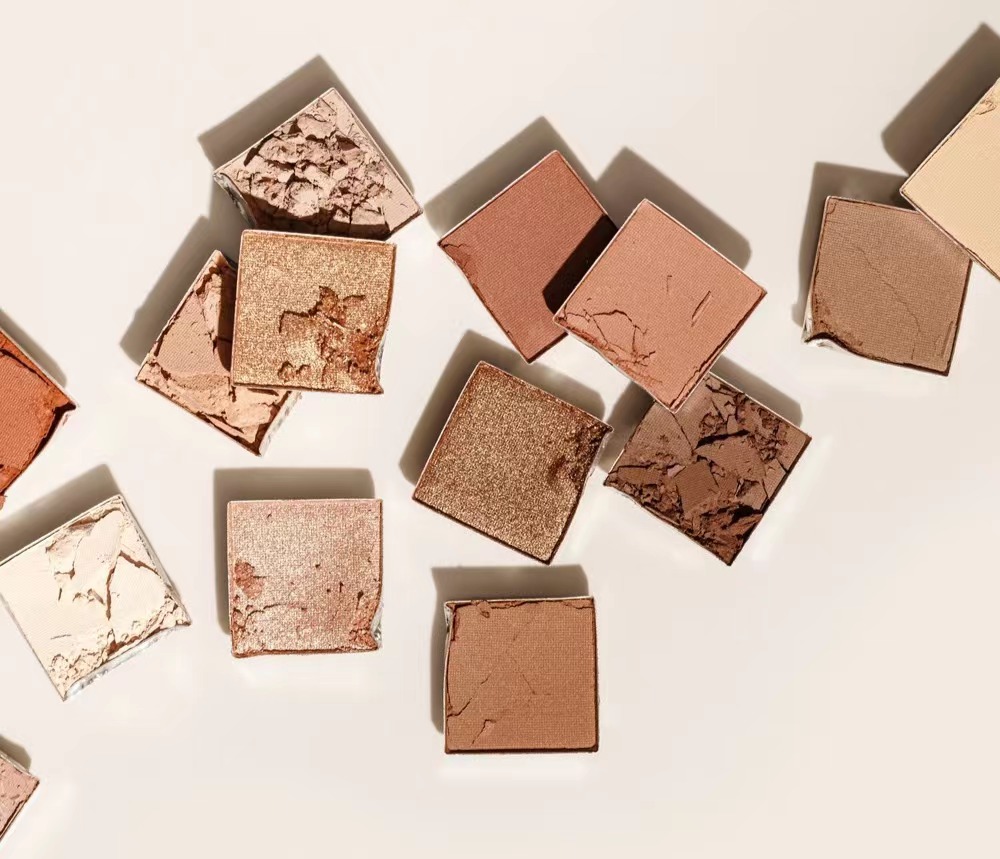
Pigments and Dyes
Pigments are the heart of eyeshadow. They give it color and vibrancy. From rich, deep hues to playful pastels, pigments come in various forms, including natural and synthetic. Natural pigments might come from minerals or plants, while synthetic ones offer a broader spectrum of shades. Both types have their own unique advantages and are chosen based on the desired end result.
Binders
Binders are like the glue that holds everything together. They ensure the eyeshadow stays intact and applies smoothly. Without binders, your eyeshadow might crumble or not adhere properly to your skin. Common binders include ingredients like talc and mica, which also contribute to the texture and feel of the product.
Fillers
Fillers add bulk and adjust the texture of the eyeshadow. They can affect how the product feels on your skin and how it applies. Ingredients like silica and kaolin clay are popular fillers that provide a smooth application and help control shine.
Additives and Preservatives
To keep your eyeshadow fresh and safe, cosmetics manufacturers add preservatives and other additives. These ingredients extend the shelf life and prevent contamination. They’re essential for maintaining the product’s quality over time, ensuring you get the best performance from your eyeshadow.
The Eyeshadow Manufacturing Process
Now, let’s dive into the juicy details of how eyeshadow is manufactured in a makeup factory! From the initial formulation to the final packaging, every step in the eyeshadow manufacturing process is crucial in creating the perfect product.
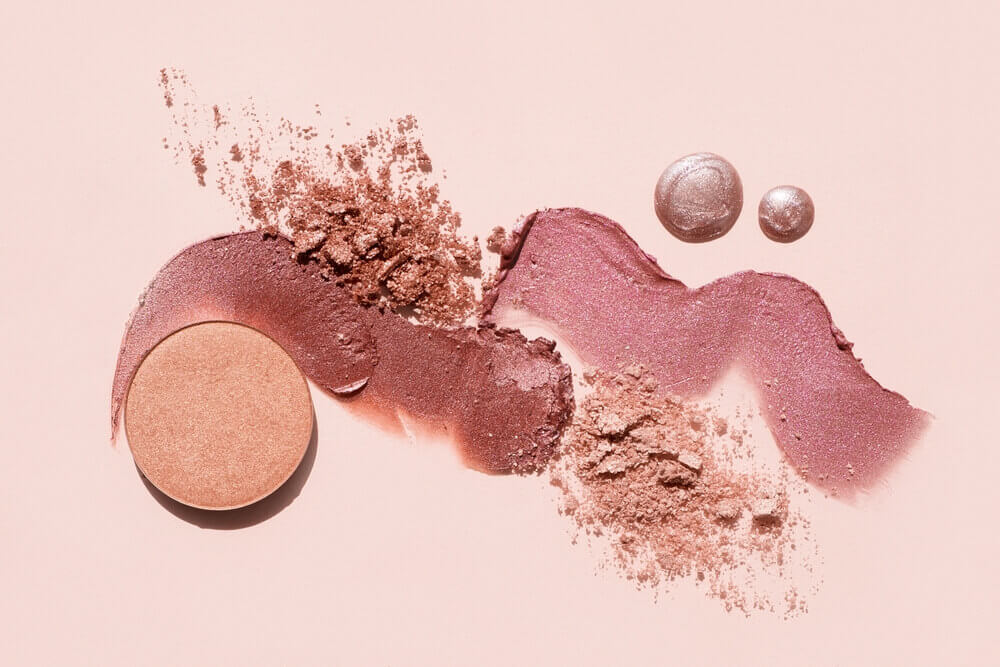
1. Formulation Development
Every eyeshadow starts with a formulation. This stage involves creating the perfect blend of ingredients to achieve the desired color, texture, and performance. It’s a process of trial and error, where formulations are adjusted and tested until they meet the desired standards.
2. Mixing and Blending
Once the formulation is set, it’s time to mix and blend. High-tech equipment ensures that the pigments, binders, fillers, and additives are thoroughly combined. This stage is crucial for achieving consistent color and texture across batches.
3. Molding and Pressing
Depending on the type of eyeshadow—powder, cream, or liquid—the molding and pressing process varies. For powder eyeshadows, the mixture is pressed into pans to form the familiar compact. Creams and liquids are poured into containers, often with unique applicators to enhance usability.
4. Packaging and Labeling
Types of Packaging
Packaging is more than just aesthetics; it’s about protecting the product and making it user-friendly. Different types of packaging design, from sleek compacts to elegant jars, not only enhance the product’s appeal but also ensure it remains intact and usable.
Labeling Requirements
Labels aren’t just for looks—they serve important functions. They must comply with regulatory standards, providing information on ingredients, usage, and safety. Additionally, effective branding and marketing on labels help consumers make informed choices and connect with the product.
5. Quality Control
Quality control is the final checkpoint of eyeshadow making process. Here, the eyeshadow undergoes rigorous testing to ensure it meets all safety and performance standards. From ingredient inspection to final product testing, every step ensures that what ends up in your makeup bag is safe, effective, and fabulous.
Conclusion
Understanding the eyeshadow manufacturing process reveals the intricate work behind that little pot of color. From the careful selection of ingredients to the detailed production methods, every step contributes to the final product you adore. Next time you apply your favorite shade, you can appreciate the craftsmanship and science that brought it to life.
FAQs
1. What are the main ingredients in eyeshadow?
The primary ingredients in eyeshadow include pigments (for color), binders (for texture), fillers (for bulk), and additives/preservatives (for stability and safety).
2. How long does it take to manufacture eyeshadow in a factory?
The manufacturing process can vary, but it typically takes several weeks from formulation development to the final product. This includes testing and quality control.
3. Can eyeshadow be made without synthetic ingredients?
Yes, it can! Many eyeshadow formulations use natural pigments and ingredients. However, synthetic components can offer a wider range of colors and more consistent results.
4. What ensures the quality of eyeshadow products?
Quality is ensured through stringent quality control processes, including ingredient inspections, testing for safety and performance, and adherence to regulatory standards.
5. How is the environmental impact of eyeshadow manufacturing being addressed?
Many manufacturers are now focusing on eco-friendly practices, such as using sustainable ingredients, recyclable packaging, and reducing waste in production processes.


